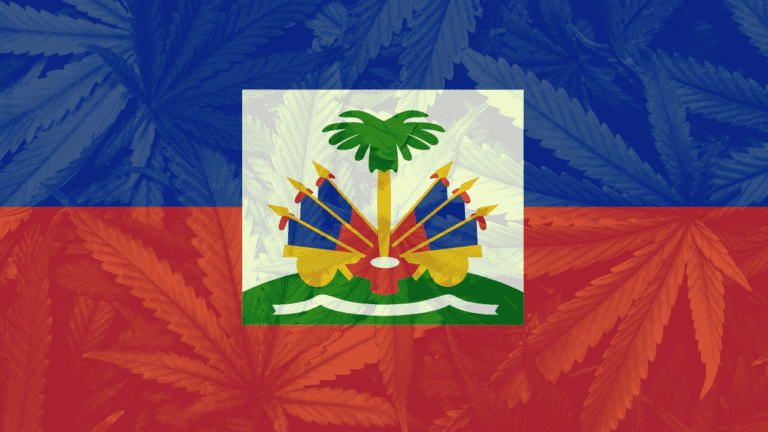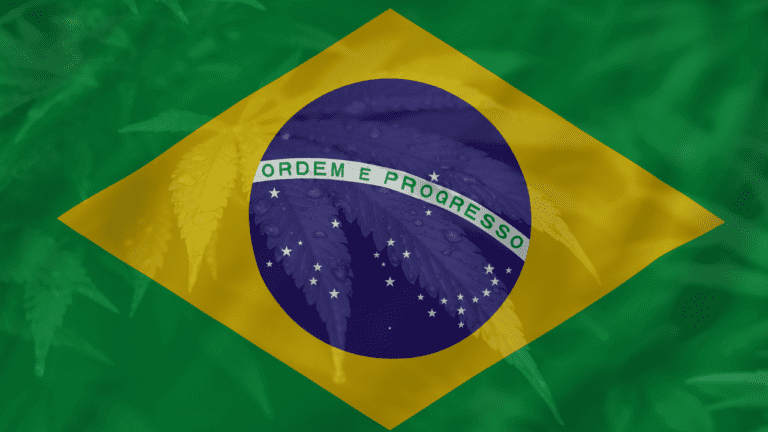In the heart of South America, nestled between the Pacific Ocean and the towering Andes, lies Ecuador – a land of diverse cultures, vibrant traditions, and a rich historical tapestry. Among the many threads that weave this tapestry, one stands out for its unique color and texture – the thread of cannabis. This humble plant, often shrouded in controversy, has played a significant role in shaping the socio-cultural narrative of Ecuador.
A Historical Journey
The story of cannabis in Ecuador is as old as the country itself, perhaps even older. It is believed that the plant made its way to the region through ancient trade routes, carried by merchants and explorers who traversed the vast oceans and treacherous mountains. Over time, cannabis found a home in the fertile soils of Ecuador, its seeds sown by the hands of farmers who recognized the plant’s potential.
Hemp, a variety of cannabis known for its low THC content, was widely cultivated in Ecuador. Its resilient fibers were spun into textiles, woven into ropes, and pressed into paper. These hemp products, known for their durability and versatility, became an integral part of Ecuador’s burgeoning economy.
However, the journey of cannabis was not without its challenges. The recreational use of the plant, which was often associated with societal issues, was met with resistance. Influenced by international drug control policies, Ecuador implemented stringent laws that criminalized the cultivation, possession, and use of cannabis. These laws cast a long shadow over the plant, obscuring its potential benefits.
Cultural Resonance
Despite the legal restrictions, cannabis managed to retain its cultural resonance in Ecuador. The plant found a place in traditional South American medicine, its medicinal properties recognized by healers and practitioners. Cannabis was used as a remedy for a variety of ailments, from physical pain to mental health conditions, its healing touch reaching those in need.
The industrial use of hemp, too, continued to thrive. The textile industry of Ecuador, renowned for its vibrant and intricate designs, often utilized hemp fibers. These fibers, spun into threads and woven into fabrics, told stories of Ecuador’s rich cultural heritage.
The Ongoing Dialogue
Today, the dialogue surrounding cannabis legalization in Ecuador is as vibrant and diverse as the country itself. Advocates argue that legalization could stimulate economic growth, reduce drug-related violence, and unlock the plant’s medicinal potential. They envision a future where cannabis cultivation could boost agricultural industry and contribute to the national economy.
However, critics express concern about the potential societal harms of legalization. They worry about the risk of increased drug abuse and the potential health implications. They argue that Ecuador, with its existing challenges, may not be ready to handle the potential consequences of legalization.
The Future of Cannabis in Ecuador
The future of cannabis in Ecuador is a path yet to be charted. While there is growing support for the legalization of cannabis, particularly for medicinal use, the journey is fraught with legal and societal hurdles. As Ecuador navigates this complex terrain, it will need to balance the historical and cultural significance of cannabis with the contemporary needs and concerns of its people.
The story of cannabis in Ecuador is a rich and complex narrative, woven with threads of tradition, transformation, and ongoing dialogue. As the world grapples with the question of cannabis legalization, the experience of Ecuador serves as a valuable lesson in navigating the intricate interplay of history, culture, and contemporary societal needs.








